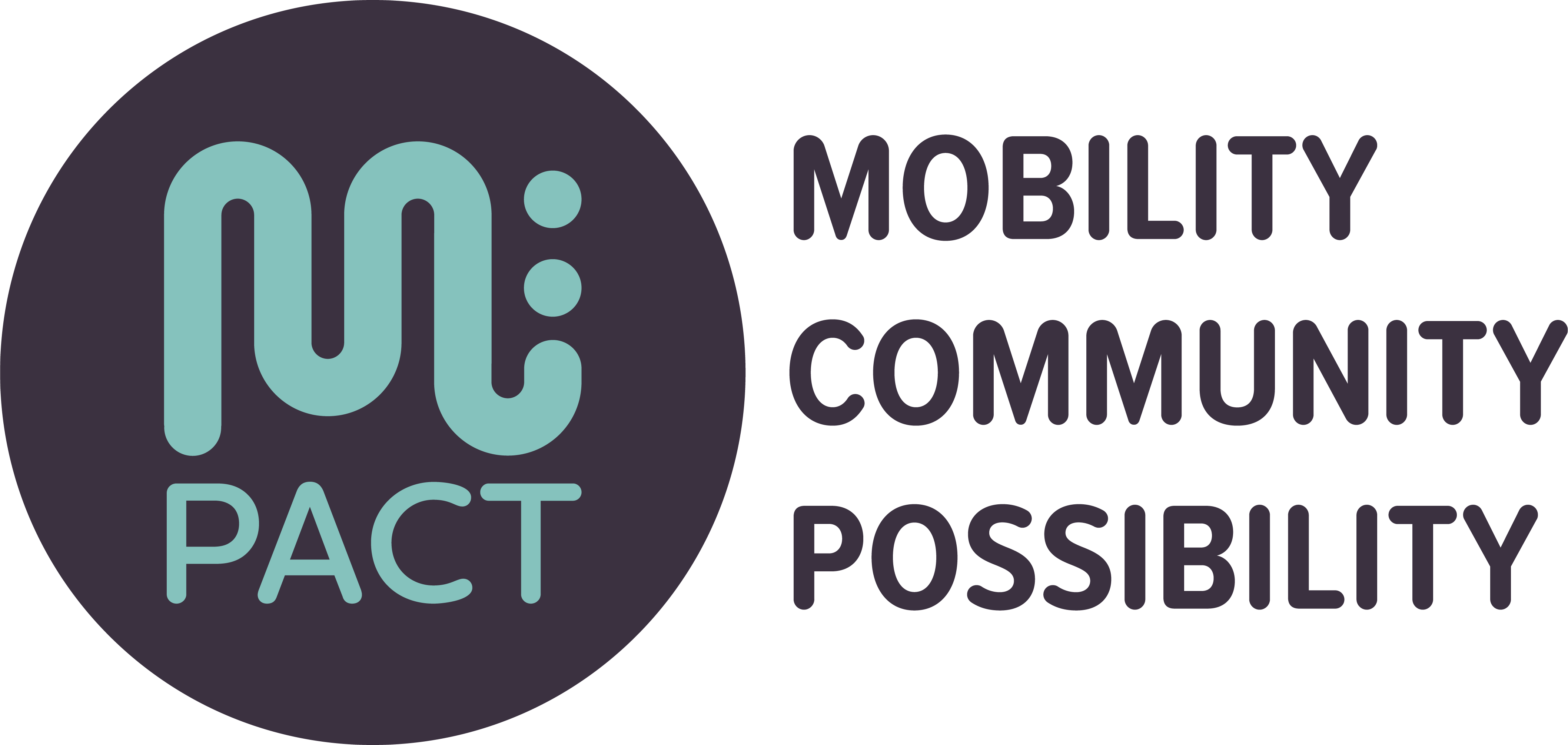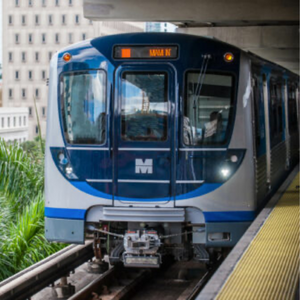Topics: Federal Funding, Joint Development, Planning
Tags: Community Engagement, MetroLink, Ridership, SamTrans, SEPTA, Technology, Transit, Wayfinding
Originally published on railvolution.org. Rail~Volution is now Mpact: Mobility, Community, Possibility.
At a time of changing ridership patterns, transit agencies are working in innovative ways to reach and learn from transit riders in order to shape better, more effective transit service. A recent Rail~Volution webinar, now available as a video, presented some of this work. The webinar speakers described efforts to build ridership on southern California’s MetroLink commuter rail system, to redesign the SamTrans system in northern California, and to establish a branding hierarchy and wayfinding for the Philadelphia region’s intermodal system.
The speakers covered an array of tools for reaching and hearing from riders, from social media and paid advertising to data from apps and eye-tracking, from partnerships with community-based organizations to communication via the familiar technologies of mail and phone. They also provided a window into the different ways transit agencies are categorizing riders and the different language they use to describe different kinds of service.
Webinar speakers included Zach Hernandez, Director of Analytics at AlphaVu, sharing data about MetroLink; Christy Wegener, Director of Planning for the San Mateo County Transit District (SamTrans); and, focusing on the SEPTA system in Philadelphia, a team of Lex Powers, Manager of Strategic Planning for Southeastern Pennsylvania Transportation Authority (SEPTA), Anna Crider, Partner at Entro Communications, and Megan Ryerson, Associate Dean for Research at the University of Pennsylvania.
Watch the video here and download the presentation here (please ask for permission to use any materials from the presentation). Find out more about other Rail~Volution webinars here. Read on for a recap of the webinar.

Data about ridership presented by Zach Hernandez, AlphaVu.
Zach Hernandez from AlphaVu shared data showing that, as of mid-March, US transit ridership was about 64% back to pre-pandemic levels. Some factors that affect ridership are outside agency control, such as gas prices or weather or office occupancy.
But agencies can influence ridership levels via service performance and marketing and communications. MetroLink’s social media, for example, showed peaks in engagement around messaging focused on transit as a way to avoid traffic and transit as a way to get to large events. MetroLink also is targeting advertising to new riders based on demographic information from apps.

Christy Wegener from SamTrans shared engagement strategies that led to approval – just weeks ago – of a “bold” new network plan focused on delivering “quality mobility” as defined by riders: more direct service, more off-peak service, more frequency and new service to key destinations. The array of tactics, many carried out during the pandemic, included in-person but socially distanced events, bus stop signage and outreach and partnering with community-based organizations. SamTrans also made it a priority to speak with bus drivers and other workers at the agency.
This array led to a high percentage of responses from existing riders and generated feedback from all-income levels in the service area. The breadth and depth of feedback contributed to the transit agency board’s ability to be bold in approving a plan that removes unproductive routes and reassigns them to equity priority areas (low income, minority, zero-car households) and focuses on rider preferences and ways to build more frequent ridership.

The team at SEPTA, including Lex Powers, Anna Crider and Megan Ryerson, used interesting and innovative tools in their effort to create a new branding hierarchy and wayfinding for the complex intermodal system of bus, rail and trolleys. The intent was to draw more riders even as ridership patterns changed, by designing for accessibility and universality and using language and graphics intelligible to riders. At workshops, SEPTA asked riders to draw maps of the system as they understood it. In creating a new hierarchy of lines, they tested the level of recognition by riders, finding that using color in the design of wayfinding makes a big difference.
Working with Megan Ryerson and her students at U Penn, SEPTA also used eye-tracking technology. Existing riders, community members and agency leadership were assigned trips to complete on the system. The quantitative data not only showed which signs were effective and which were not but also had side benefits of making community members feel they’d been heard and having leadership directly experience challenges of navigating the system.

It’s clear through these case studies that transit agencies are working hard to recalibrate they way they think of and deliver service. This includes looking more closely at riders (current, lapsed and potential) as well as the surrounding population (who might be classified as never ride, supportive but don’t ride; ready for a change; or existing rider). It also requires listening to riders and trying to calibrate service and messaging to address their needs and concerns. As Zach Hernandez noted, there’s a reason airlines talk so much about their health and safety protocols.


